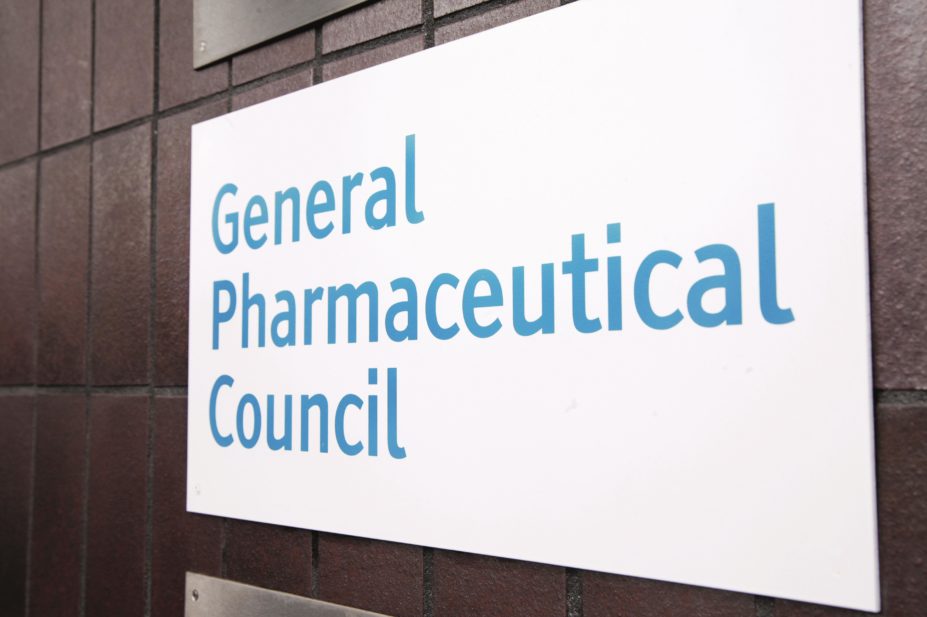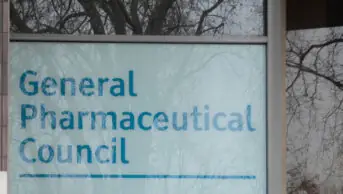
General Pharmaceutical Council
From 1 April 2019, the General Pharmaceutical Council (GPhC) began to introduce a new regime for the inspection of registered pharmacies. No date has yet been set for the first inspection but the system is due to be phased in during the 2019/2020 financial year, with the first inspection results published in the first quarter of that year.
Some things will not change. Since the current system of inspections was introduced in November 2013, pharmacies expect to be inspected once every four or five years. For the vast majority of pharmacies, this is likely to continue.
During the consultation period on the changes, which began in May 2018, some pharmacy bodies expressed concerns about aspects of the proposals. But the GPhC commissioned polling firm YouGov to survey 2,000 people who were broadly supportive of the new inspection system and it was approved by the GPhC council in December 2018.
What are the biggest changes?
There will be three types of inspection from now on. Inspections will generally be unannounced and the way the findings are recorded will change. The findings will be published on a new website to be created by the regulator.
What are the new types of inspection?
Pharmacy inspections will be categorised as routine, intelligence-led or themed.
What is the difference?
Routine inspections will be very similar to the current process. The main difference will be that there will be no notification in advance that they are to happen. They should still last up to three hours and it is expected that the responsible pharmacist, including a locum, would be able to answer all of the inspector’s questions.
One other difference, which will not be immediately apparent to the pharmacy being inspected, is that the GPhC will decide which pharmacies to inspect on a risk-based system. Pharmacies that have previously been classed as poor will be inspected first, followed by those rated as satisfactory which have an improvement plan in place, then those that are satisfactory but have no action plan, then pharmacies rated as good, and lastly those categorised as excellent.
Intelligence-led inspections will also be unannounced but will be prompted by concerns raised by people working in pharmacies, media stories, other organisations and intelligence from inspectors. Exactly how this will work has yet to be decided by the regulator, but it says ‘robust’ measures will be put in place to ensure any information that is acted upon is genuine.
A pharmacy will be told if it is to receive a themed inspection. Up to 20 or 30 pharmacies are likely to be visited as part of each themed programme of inspections. An overall report will be published after the inspections have been carried out, and it is possible that a pharmacy could be inspected routinely and as part of a themed inspection in quick succession. The GPhC says it has not agreed a programme of themes yet, but examples could include risk management in supplying medicines online or services provided to care homes. The regulator expects to carry out two or three of these each year.
What will happen after the inspection is complete?
The outcome of a pharmacy inspection will switch to a binary system of either ‘standards met’ or ‘standards not met’. To achieve the ‘standards met’ category, a pharmacy must achieve an acceptable grade across five areas known as ‘principle levels’. If the pharmacy misses just one of the standards expected at this level they will be issued with a ‘standards not met’ rating. Within each of these principle levels the pharmacy will be categorised as: standards not all met, standards met, good practice and excellent practice.
The five principles have not changed as part of the new inspection regime and cover areas including governance, staff empowerment, the pharmacy environment, safeguards for the wellbeing of patients, and quality of equipment.
Once the draft report on each inspection is written it will be sent to the relevant responsible pharmacist for their comments before being published. An improvement action plan will be required from pharmacies where standards are not met.
Where will the reports be published?
Publishing improvement reports and action plans is a significant change in how inspections will be carried out. The GPhC is creating a new website that will carry this information and which, it says, will be easily searchable. The regulator says it will not publish any commercially sensitive information, or anything that could create a risk around the security of medicines. Summary reports, rather than the full inspector’s report will be available on the website.
The GPhC will also share examples of good practice on this new website.
Pharmacy owners will be expected to display inspection outcomes in their pharmacies.
The GPhC has said it will review the effectiveness of the changes in 2021.


